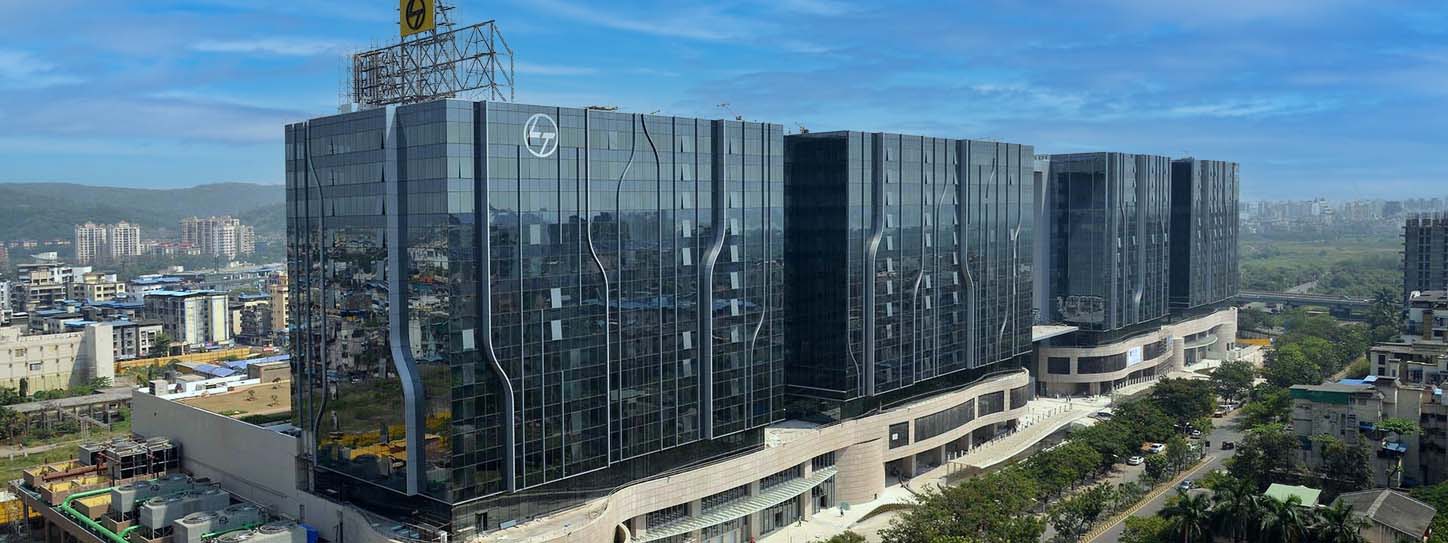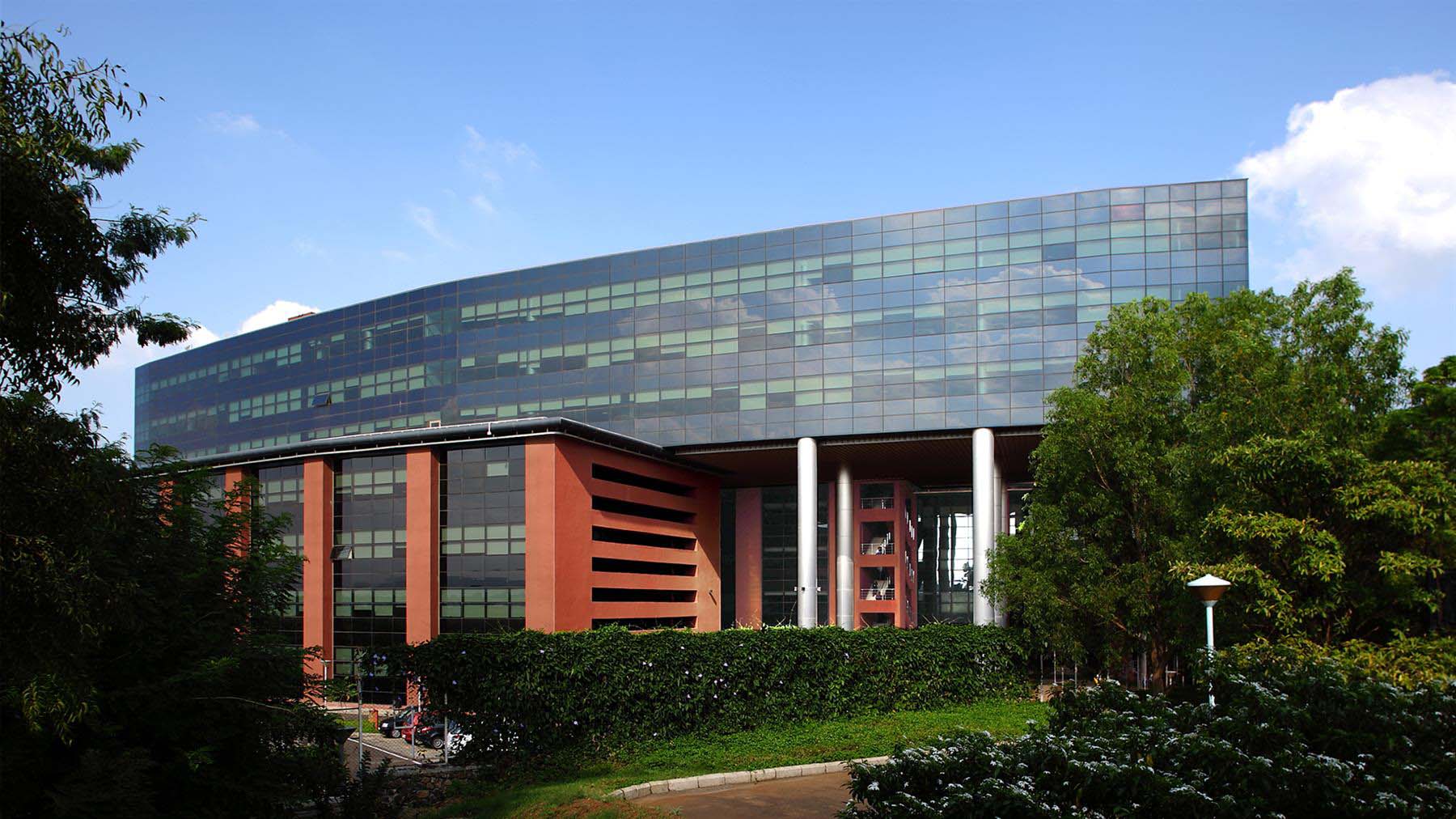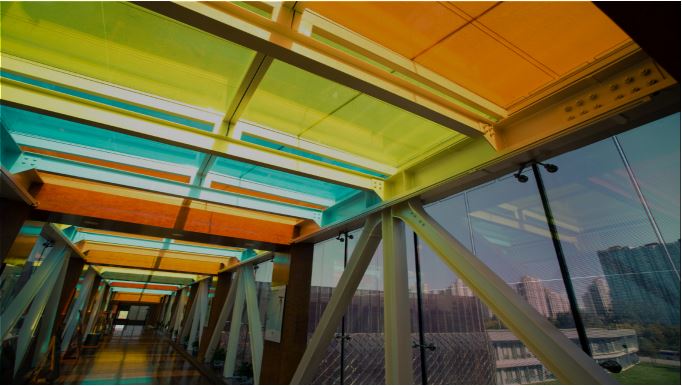Comparison of Spall vs. Non-Spall Options in Glass
When it comes to security glass solutions, understanding the difference between spall and non-spall glass options is critical. These terms relate to how the glass behaves when subjected to impact, such as a ballistic strike or explosion. The choice between spall and non-spall glass can have significant implications for safety, security, and performance in various applications.
What is Spall?
Spall refers to the fragments or shards that break away from the non-impact side of the glass when it is subjected to a force, such as a bullet strike or explosion. Spalling occurs when the energy of the impact is transmitted through the glass, causing the back surface to fragment.
Key Characteristics of Spall Glass:
- Fragmentation: The glass breaks into small pieces, which can eject into the interior space.
- Lower Cost: Typically less expensive than non-spall glass due to simpler construction.
- Application: Often used in areas where minimal interior safety risk is acceptable, such as exterior walls or non-critical zones.
What is Non-Spall Glass?
Non-spall glass is engineered to prevent fragments from ejecting on the non-impact side. This is achieved using advanced interlayers or coatings that hold the glass together, ensuring maximum safety for occupants.
Key Characteristics of Non-Spall Glass:
- Fragment Retention: Prevents shards from flying into the protected area, reducing the risk of injury.
- Enhanced Safety: Designed for high-security zones or environments with a high risk of ballistic threats.
- Higher Cost: Due to the specialized interlayers and manufacturing processes.
- Application: Commonly used in embassies, airports, banks, and other critical infrastructure.
Comparison: Spall vs. Non-Spall Options
Feature | Spall Glass | Non-Spall Glass |
Fragment Behavior | Shards eject into the interior upon impact. | Fragments are retained, ensuring no ejection. |
Safety Level | Moderate safety; suitable for non-critical zones. | High safety; ideal for protecting occupants. |
Cost | More affordable due to simpler manufacturing. | Higher cost due to advanced technology and materials. |
Applications | Exterior walls, low-risk areas. | High-security zones, ballistic-resistant installations. |
Durability | Lower durability after impact. | Remains intact for extended periods post-impact. |
Standards Compliance | May meet basic ballistic resistance standards. | Complies with rigorous ballistic and safety standards. |
Ideal Use Cases | Perimeter security or secondary barriers. | Occupied spaces and high-risk zones. |
Applications of Spall and Non-Spall Glass
Spall Glass:
- Building Exteriors: Used in areas with minimal occupant presence.
- Perimeter Barriers: For low- to medium-security applications.
- Non-Critical Structures: Ideal for applications where occupant safety is not a primary concern.
Non-Spall Glass:
- High-Security Zones: Embassies, government buildings, and military facilities.
- Transportation Hubs: Airports and rail stations with high public traffic.
- Critical Infrastructure: Banks, data centers, and nuclear facilities.
- Vehicle Armor: Armored vehicles and protective barriers for law enforcement.
Which One Should You Choose?
Choosing between spall and non-spall glass depends on your specific project requirements:
- Select Spall Glass if:
- Cost is a primary factor.
- The application does not require high levels of occupant safety.
- You are securing exterior zones or areas with minimal occupancy.
- Select Non-Spall Glass if:
- Safety and security are critical.
- The application involves protecting people from ballistic or explosive threats.
- The project is in a high-risk environment such as embassies, airports, or banks.
The choice between spall and non-spall glass options is a crucial decision that directly impacts the safety, security, and cost-efficiency of your project. While spall glass provides a cost-effective solution for low-risk applications, non-spall glass ensures maximum protection in high-security environments.
At FG, we specialize in both spall and non-spall glass solutions, offering products that meet the highest international safety standards. Whether you need robust perimeter protection or advanced security for critical zones, our cutting-edge glass technologies deliver uncompromising performance. Contact us today to discuss your security needs and discover how FG can help you make the right choice for your project!

You might also like
Feb 21, 2022 by TARIQ KACHWALA
Feb 21, 2022 by TARIQ KACHWALA
Feb 23, 2022 by TARIQ KACHWALA









